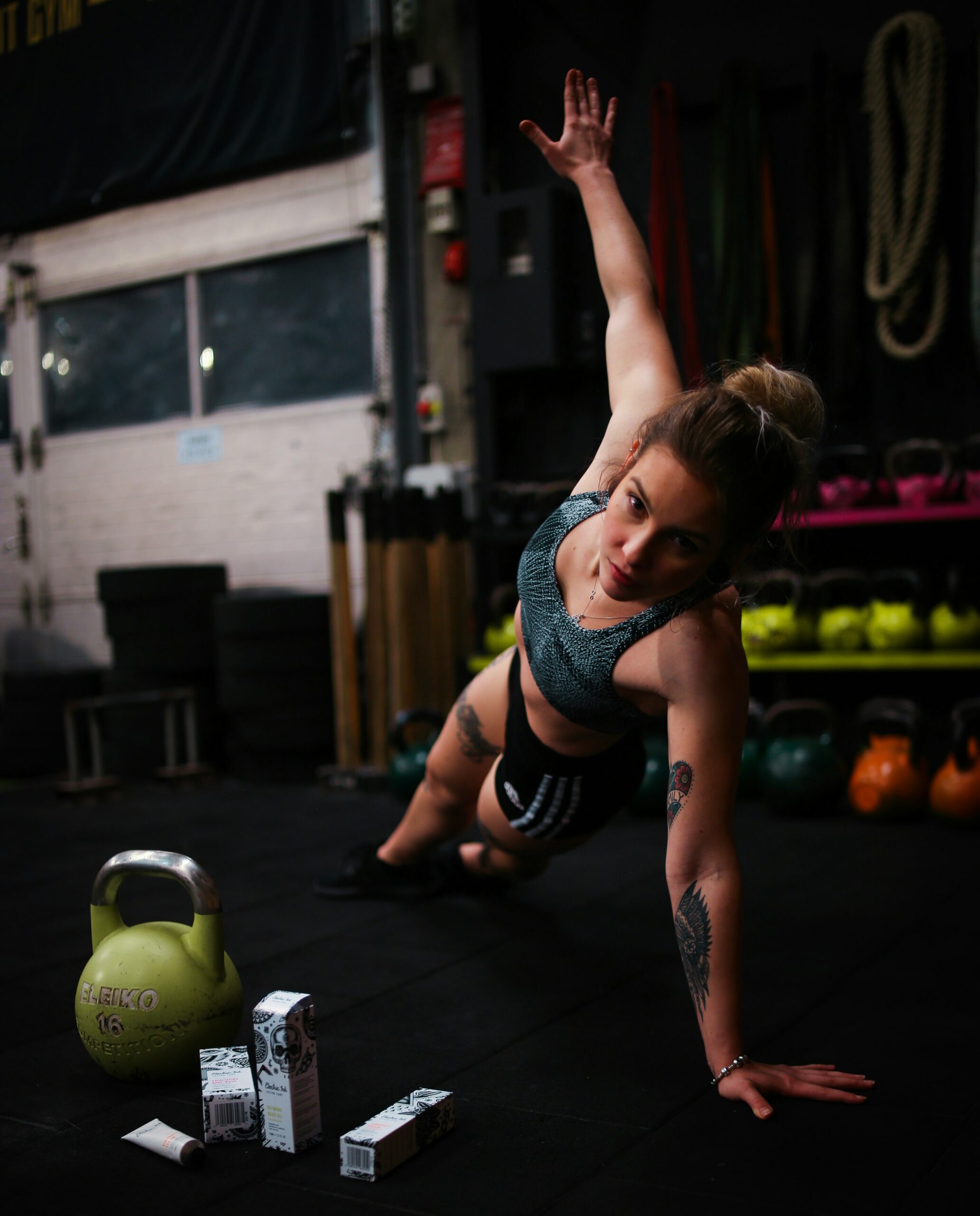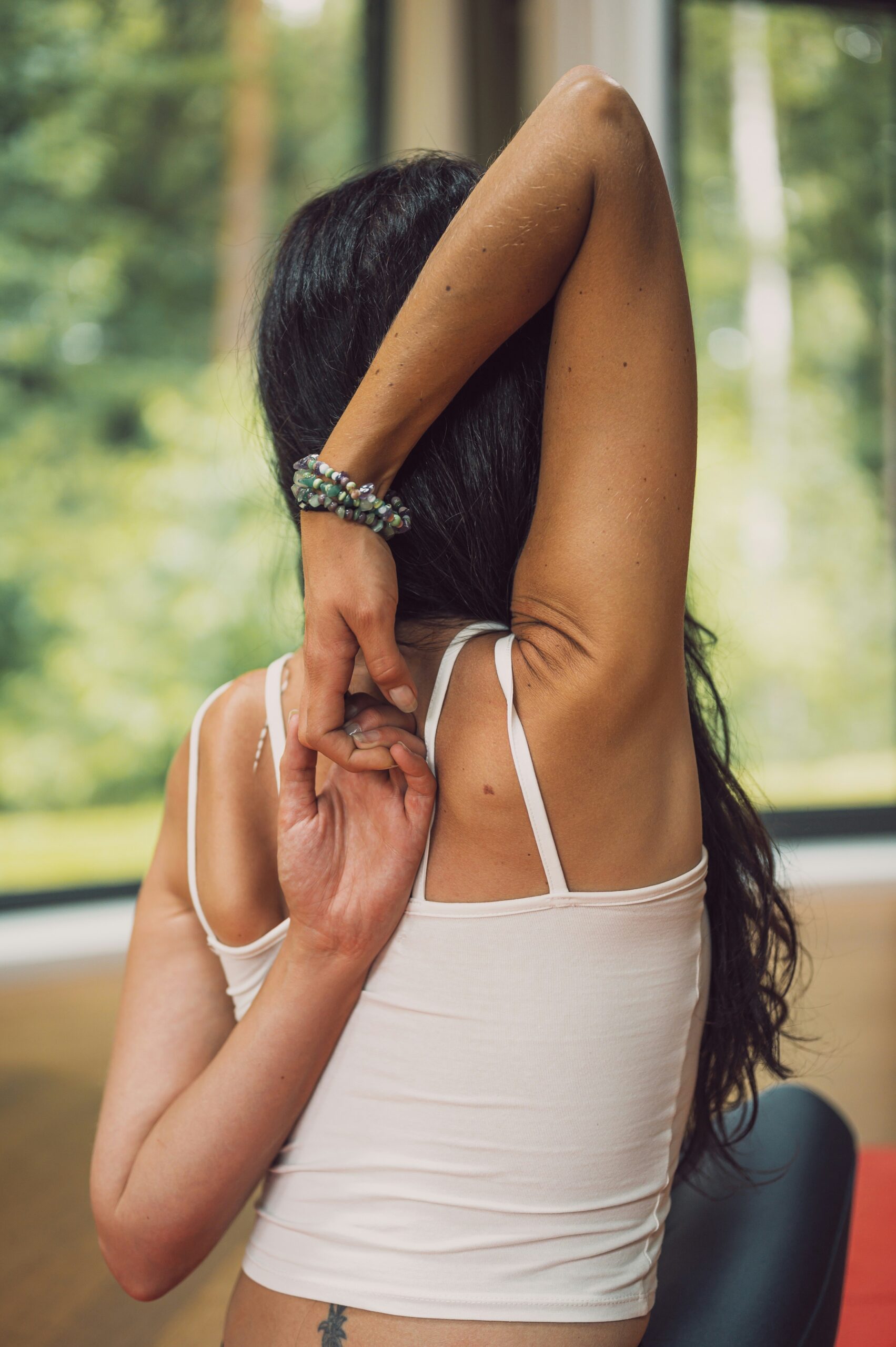Biceps Curls: The Classic Move for Strong, Sculpted Arms
When you think of arm exercises, biceps curls are probably the first thing that comes to mind. This iconic move has been a staple in fitness routines for decades—and for good reason. Whether you’re aiming for bulging biceps or just looking to tone your arms, biceps curls are your go-to exercise. But there’s more to this classic move than meets the eye. Let’s break it down, explore the variations, and discover how to maximize your gains with biceps curls.
Why Biceps Curls Are a Must-Do
First things first: why are biceps curls so popular? It’s simple—they work! Biceps curls primarily target the biceps brachii, the muscle on the front of your upper arm. This muscle is responsible for flexing the elbow, which is crucial for many daily activities like lifting, pulling, and carrying.
Strong biceps not only look great but also contribute to overall upper body strength. Plus, having strong arms can improve your performance in other exercises like pull-ups, rows, and presses. So, whether you’re aiming for aesthetics or functionality, biceps curls are a key piece of the puzzle.
Perfecting Your Biceps Curl Form
Let’s start with the basics. To get the most out of your biceps curls, proper form is essential. It’s easy to grab a pair of dumbbells and start curling, but there are a few key points to keep in mind:
- Stand tall and engage your core: Start by standing with your feet shoulder-width apart. Keep your core tight, shoulders back, and chest lifted. Good posture is crucial to avoid unnecessary strain on your back and shoulders.
- Grip the dumbbells correctly: Hold a dumbbell in each hand with your palms facing forward (supinated grip). Your arms should hang straight down at your sides.
- Curl with control: Slowly curl the dumbbells up towards your shoulders, focusing on squeezing your biceps at the top of the movement. Keep your elbows close to your sides—don’t let them flare out or move forward.
- Lower with purpose: Just as important as the curl itself is the descent. Lower the dumbbells back to the starting position with control, resisting the temptation to let gravity do the work.
- Avoid common mistakes: Don’t swing the weights or use momentum to lift them—this reduces the effectiveness of the exercise and can lead to injury. Also, keep your wrists straight; bending them can put unnecessary strain on your joints.
Amping It Up with Variations
Once you’ve nailed the standard biceps curl, it’s time to explore some variations. These tweaks not only keep your workouts interesting but also ensure you’re working your biceps from different angles, promoting balanced development.
- Hammer Curl: Instead of holding the dumbbells with your palms facing forward, turn them so your palms face each other (neutral grip). Hammer curls target the brachialis, a muscle that lies beneath the biceps, helping to add thickness to your arms.
- Concentration Curl: Sit on a bench, lean forward slightly, and rest your elbow on the inside of your thigh. Perform the curl with one arm at a time. This variation isolates the biceps, allowing for a more focused contraction.
- Preacher Curl: Use a preacher bench to perform curls with your upper arms resting on the bench. This variation reduces the involvement of other muscles, making it harder for you to cheat the movement. It’s great for building peak biceps strength.
- Incline Curl: Lie back on an incline bench and let your arms hang down. This variation emphasizes the stretch on your biceps at the bottom of the movement, helping to build length and fullness.
- Cable Curl: Using a cable machine, perform curls with a bar attachment. The constant tension from the cable keeps your muscles engaged throughout the entire range of motion, which can lead to greater muscle growth.
- Reverse Curl: Flip your grip so your palms face down (pronated grip) and perform the curl. This variation shifts the focus to your brachioradialis, a muscle in your forearm, and helps create a balanced look between your biceps and forearms.
Integrating Biceps Curls into Your Routine
Biceps curls are versatile, and there are many ways to incorporate them into your workout routine depending on your goals. Here’s how you can fit them into your training:
- For muscle growth: Go for 3-4 sets of 8-12 reps with moderate to heavy weights. The last few reps should be challenging but manageable with good form.
- For strength: Opt for 4-5 sets of 4-6 reps with heavier weights. Focus on explosive power during the curl and a slow, controlled descent.
- For endurance: If you’re aiming to tone your arms or build muscular endurance, perform 2-3 sets of 15-20 reps with lighter weights. Keep the movement controlled and steady.
To get the most out of your biceps curls, consider pairing them with other upper body exercises in a superset or circuit. For example, you can alternate between biceps curls and triceps dips to target both the front and back of your arms, ensuring a balanced workout.
Biceps Curls Myths—Busted!
There are plenty of myths out there about biceps curls, so let’s clear up a few common misconceptions:
- Myth 1: You need heavy weights to build big biceps.
Reality: While lifting heavy can help build muscle, form and consistency are just as important. Light to moderate weights with proper form and enough volume can be just as effective. - Myth 2: You should curl with a fast tempo to build muscle.
Reality: Speed can lead to poor form and injury. Focus on controlled movements and squeezing your biceps at the top of the curl for maximum benefit. - Myth 3: Biceps curls alone will give you massive arms.
Reality: Biceps curls are just one piece of the puzzle. To build impressive arms, you also need to work your triceps, shoulders, and even your back.
Wrapping It Up
Biceps curls are a fundamental exercise that should be a part of every strength training program. They’re simple, effective, and adaptable to any fitness level. By mastering the basics, experimenting with variations, and incorporating them into a balanced workout routine, you’ll be well on your way to building strong, sculpted arms.
So next time you’re in the gym, don’t just go through the motions—make every curl count. Focus on your form, challenge yourself with different variations, and enjoy the process of building those biceps. After all, strong arms aren’t just for show—they’re a testament to your hard work and dedication!





